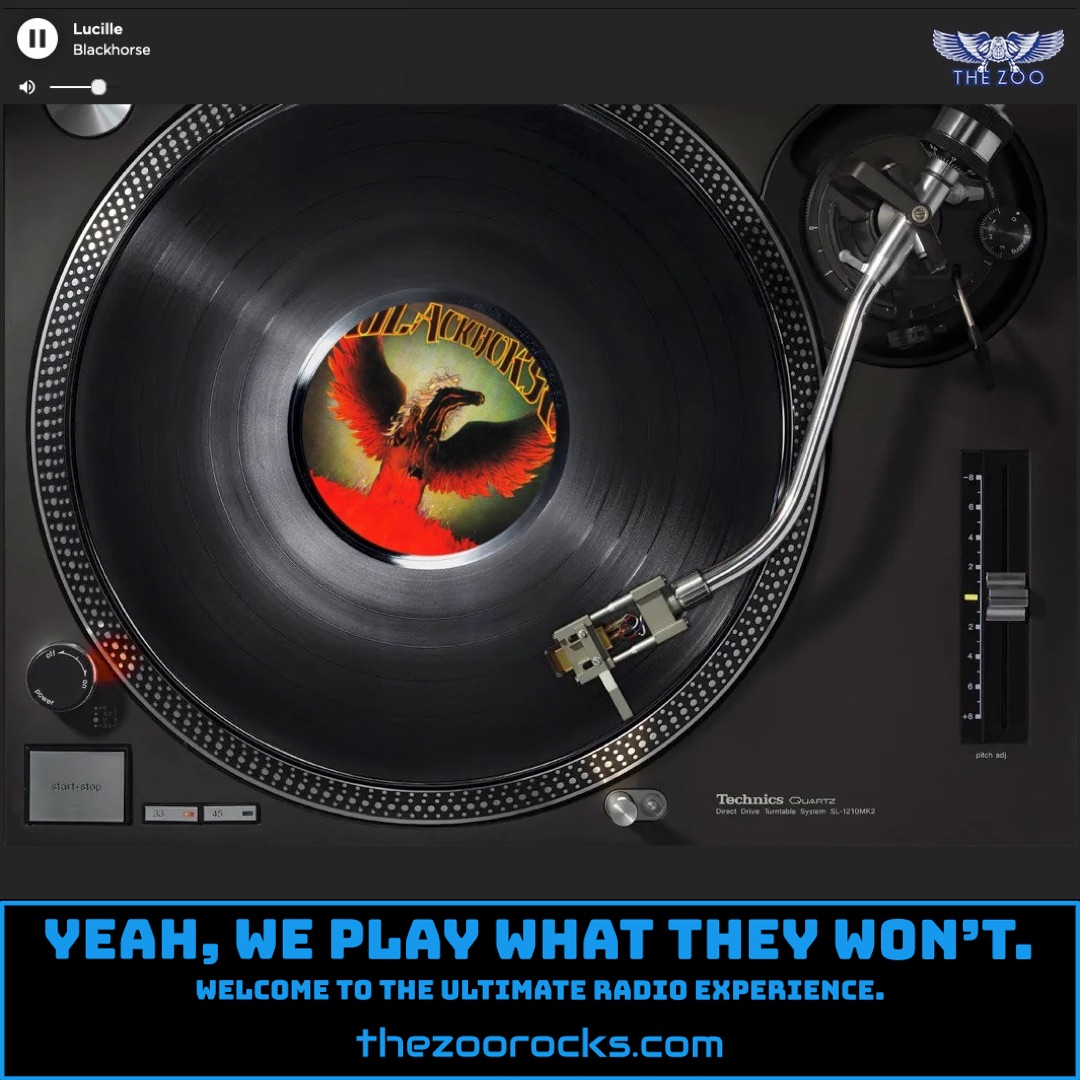Southern Man
Neil Young
Zoo Freaks, get ready for some deep vibes as The Zoo Crew spins "Southern Man" by Neil Young from his iconic album After the Gold Rush. This track, a fiery blues-rock anthem, dives into the heavy topic of racism in the American South, with vivid references to slavery and the Ku Klux Klan. Neil wrote it as a call to action for civil rights, but it stirred up some serious controversy. Lynyrd Skynyrd clapped back with their hit "Sweet Home Alabama," directly name-dropping Young in the line, "I hope Neil Young will remember, a Southern man don’t need him around anyhow." Fun fact: despite the musical feud, Young was a fan of Skynyrd’s sound, and their frontman Ronnie Van Zant was even spotted rocking a Tonight’s the Night T-shirt on an album cover. Young later reflected in his 2012 memoir Waging Heavy Peace, admitting he felt the song’s lyrics were “accusatory and condescending” and not fully thought out, showing his willingness to rethink his approach.
Another layer to "Southern Man" comes from its creation process. Young wrote the song in his Topanga Canyon studio, fueled by personal intensity and a bit of domestic drama. According to interviews, his then-wife Susan Acevedo was furious with him—jealous of the passion he poured into his work. One morning, while he was deep in the song’s creation, she hurled breakfast against the studio door in a fit of frustration. That raw energy seeped into the track’s gritty vibe. Interestingly, Young performed a rare live version of the related song "Alabama" in 1977 after Van Zant’s tragic death in a plane crash, switching the chorus to "Sweet Home Alabama" as a nod to Skynyrd during a charity concert in Miami. Fans on platforms like Reddit often debate the song’s impact, with some Southern listeners feeling it unfairly generalizes, while others praise its bold stand against injustice.
Now, let’s rewind to how Neil Young kicked off his legendary career. Born on November 12, 1945, in Toronto, Canada, Young grew up in the small town of Omemee after his parents’ divorce. Music was his outlet early on, and by his teens, he was playing in bands around Winnipeg, covering Shadows instrumentals. In the mid-1960s, he joined the Mynah Birds with future R&B star Rick James, but the group fell apart when James was arrested for being AWOL from the U.S. Naval Reserves. Young then made a bold move, driving to Los Angeles in 1966 with bassist Bruce Palmer in a Pontiac hearse. There, he co-founded Buffalo Springfield with Stephen Stills and Richie Furay, blending folk, rock, and country into a sound that defined a generation. Their hit "For What It’s Worth" put them on the map, but the band’s breakup led Young to go solo, signing with Reprise Records and releasing his debut album in 1968.
Young’s career exploded with his second album, Everybody Knows This Is Nowhere (1969), backed by Crazy Horse, and his part-time gig with Crosby, Stills, Nash & Young on their chart-topping Déjà Vu (1970). After the Gold Rush cemented his status as a rock shaman, with its mix of raw emotion and eclectic styles. Over decades, he’s never stopped experimenting, earning the nickname “Godfather of Grunge” for influencing bands like Pearl Jam and Nirvana. His official website, Neil Young Archives, is a treasure trove of his music, films, and unreleased gems. You can also catch up with him on social media via Facebook, Instagram, and X.
For Zoo Freaks who can’t get enough, dive into fan communities like the Neil Young Fans Facebook group, where devotees share concert stories and rare vinyl finds. Another great spot is Thrasher’s Wheat, a fan-run site packed with news, reviews, and deep dives into Young’s discography. Whether you’re vibing to "Southern Man"’s raw edge or exploring Neil’s sprawling career, The Zoo Crew hopes you’re feeling the freak spirit!

